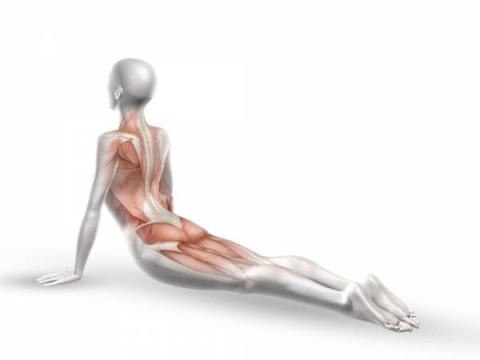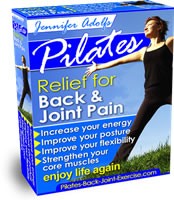 If you have low back pain or sciatica, you may benefit from a few sessions with a physical therapist to help you control your symptoms and learn exercises to do to help prevent future occurrences of your pain. Your physical therapist can teach you specific back exercises and postural correction techniques to help improve your mobility and abolish your back pain.
If you have low back pain or sciatica, you may benefit from a few sessions with a physical therapist to help you control your symptoms and learn exercises to do to help prevent future occurrences of your pain. Your physical therapist can teach you specific back exercises and postural correction techniques to help improve your mobility and abolish your back pain.
One exercise that many people with back pain benefit from doing is the prone press up.
The press up is one of the main motions in the McKenzie Method progression of back exercises. If you develop back pain or sciatica, it is one of the first things you should do to help get control of your symptoms.
Who Can Benefit from the Prone Press Up?
Just about anybody can benefit from at least trying the prone press up exercise. When back pain strikes, it should be one of the first things you try. People with particular back conditions may benefit from performing the press up. These conditions may include:
- Bulging discs
- Herniated discs
- Back spasms
- Loss of the normal lumbar lordosis (forward curve) in your spine
The best way to know if the prone press up will help your back pain is to check in with your physical therapist. He or she can assess your condition to determine if the exercise is right for you.
How To Properly Perform the Prone Press Up Exercise
Before starting this or any other exercise for your back, check in with your doctor to ensure it is safe for you to do. Click on book for other great Pilates Exercises to Relief Back & Joint Pain
Follow these steps to properly perform the prone press up exercise:
- Lie on you stomach in a prone position.
- Place both hands flat on the floor with just below your shoulders.
- Relax your hips and low back; the prone press up should be a relatively passive exercise for your back.
- Use your arms to slowly lift the upper part of your back up. You should feel your low back bending backwards.
- Try to press all the way up and try to lock your elbows.
- Hold the end position for 2 seconds, and then slowly lower yourself down to the floor. Be sure to keep your back relaxed while moving.
- Perform the press up exercise for 10 repetitions.
To make the press up exercise more effective, you can add the "lock and sag" technique. To do this, simply lock your elbows once you are in the fully pressed up position, and then gently blow out, allowing your back to sag further into lumbar extension.
Listen To Your Symptoms
While performing the lumber press up exercise, you should monitor your symptoms. If you have back pain to one side of your spine or if your pain is traveling down into your buttocks, thigh, or leg, you should watch for centralization. Centralization is the movement of your symptoms to an area closer to your spine. If your symptoms centralize while you are performing the prone press up, then this is a good sign and means that the exercise is right for your condition.
If you are performing the prone press up and your symptoms are peripheralizing, or moving away from your spine and further into your thigh or leg, you should stop the exercise right away.
The prone press up may not be the best exercise for your condition if this occurs.
Who Should Avoid the Prone Press Up?
Just about anyone can try the prone press up exercise to control their low back pain or sciatica. Some people with specific conditions should avoid the exercise. These conditions may include:
- Spinal stenois
- Spondylolisthesis
- People whose symptoms worsen or peripheralize while performing the exercise
Most people with back pain benefit from movement and exercise to help control their symptoms. The prone press up is a great exercise to try immediately if you start feeling low back pain or sciatica. Combined with postural correction, this exercise can be used as your main tool in controlling your pain and improving your overall mobility.
Source: McKenzie, R., & May, S. (2003). The lumbar spine mechanical diagnosis and therapy. (2nd ed., Vol. One). Waikanae: Spinal Publications New Zealand





